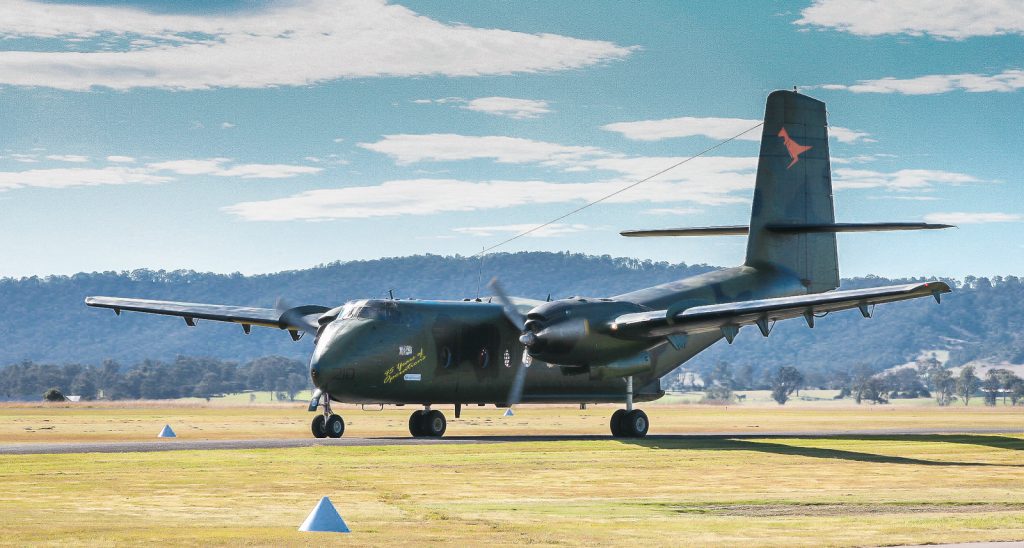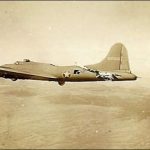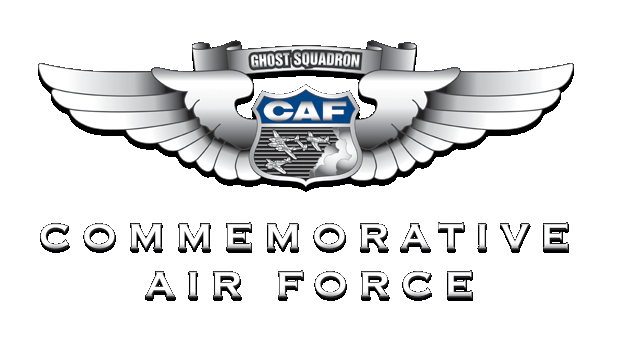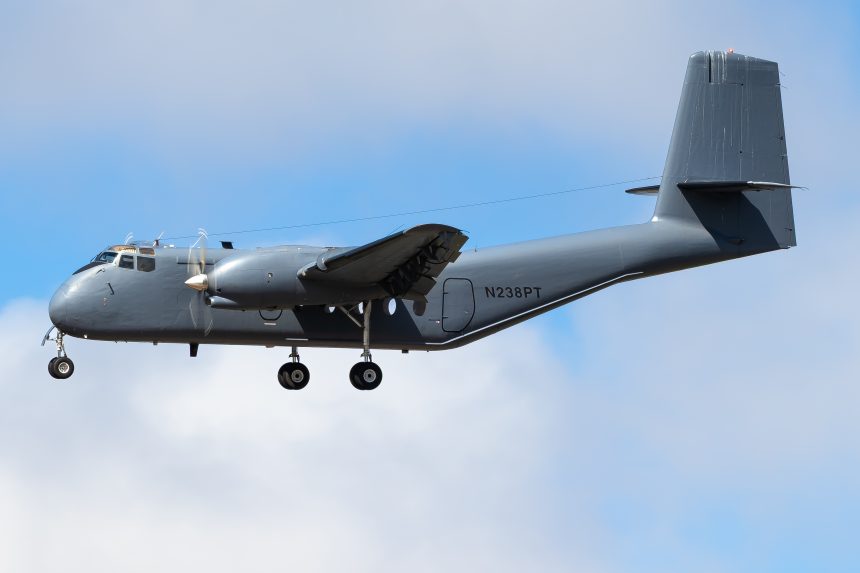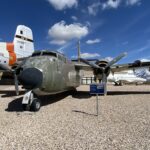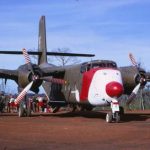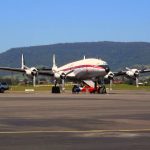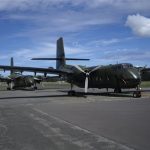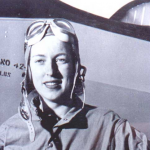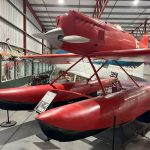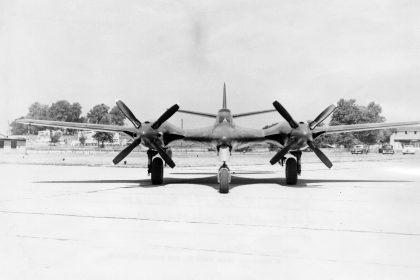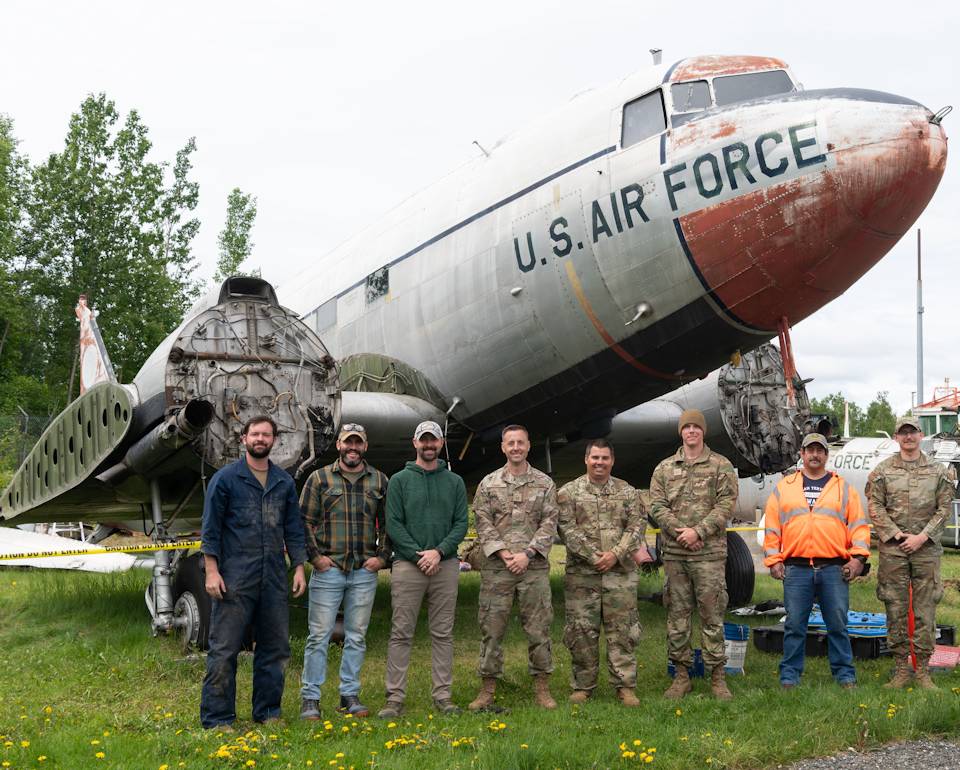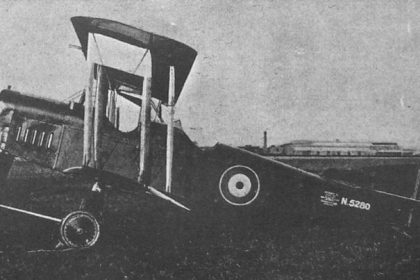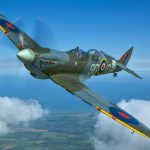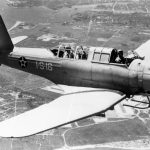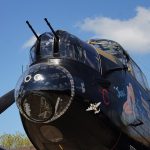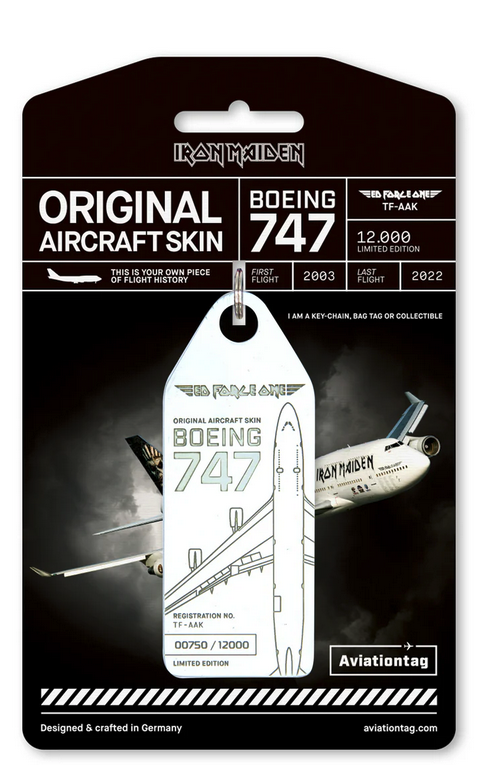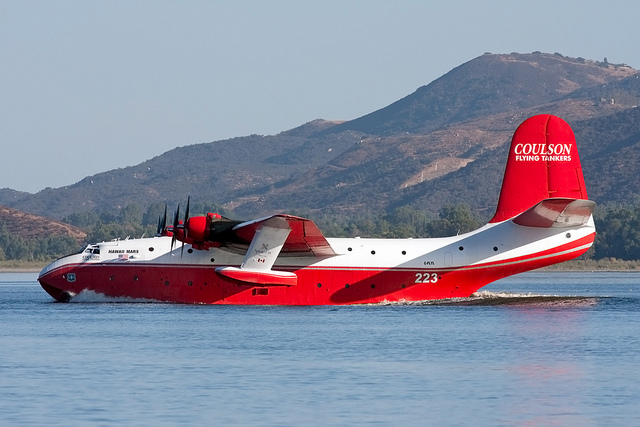The 1950s are often remembered as aviation’s so-called “Golden Age.” Within just a decade, technological advances revolutionized flight, with the jet engine gaining dominance and nearly every imaginable aircraft configuration being explored. Yet, as innovation surged, many designs faded into obscurity. One such underappreciated marvel is the de Havilland Canada DHC-4 Caribou—a rugged Short Takeoff and Landing (STOL) transport aircraft tested in the remote jungles of Africa and Asia, and among the best in its class.

The Caribou was born in response to a mid-1950s U.S. Army request for a tactical airlifter capable of transporting troops and cargo into unprepared, rugged terrain—ideally with a payload comparable to that of the CH-47 Chinook. De Havilland Canada answered with the DHC-4 prototype, registered as CF-KTK-X, which first flew on July 30, 1958. The U.S. Army placed an initial order for 173 airframes in 1959, with deliveries beginning in 1962. Originally designated the AC-1, the aircraft’s name was changed to CV-2 before ultimately becoming the C-7A when the U.S. Air Force took over operations in 1966, following an inter-service dispute over mission responsibility for tactical airlift support.
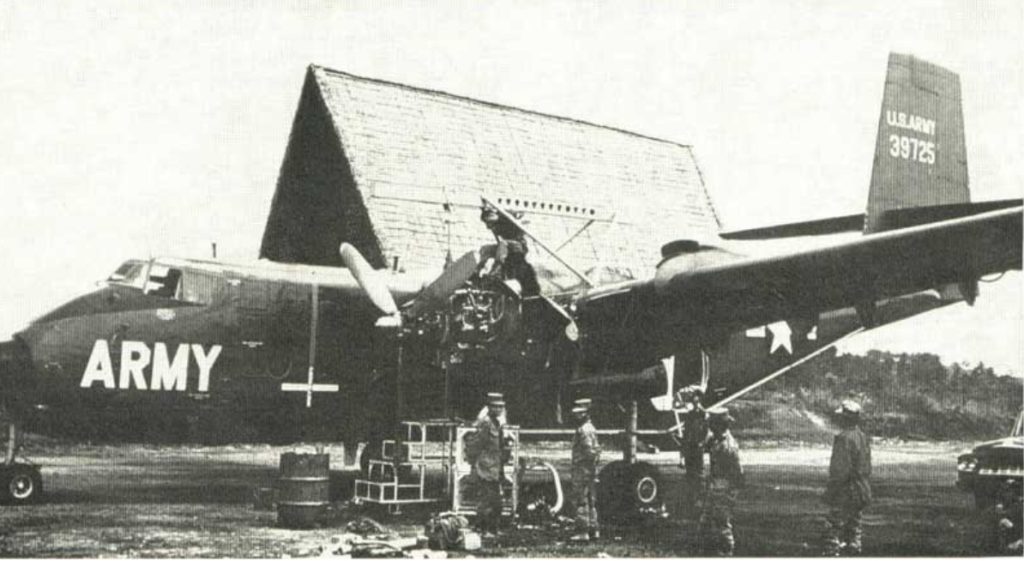
The Caribou saw extensive use in Vietnam, including clandestine operations. At least 22 aircraft were leased to the CIA’s covert airline, Air America, for missions involving diplomats, VIPs, doctors, and downed airmen. Notably, one airframe, registration B-851, was outfitted with the Fulton Skyhook system for airborne personnel recovery. Following the war, many Caribous were transferred to Air National Guard and Air Force Reserve units in states such as New Jersey, Maryland, and Hawaii. The final U.S. military Caribou remained in service with the U.S. Army’s Golden Knights Parachute Team until the 1980s.
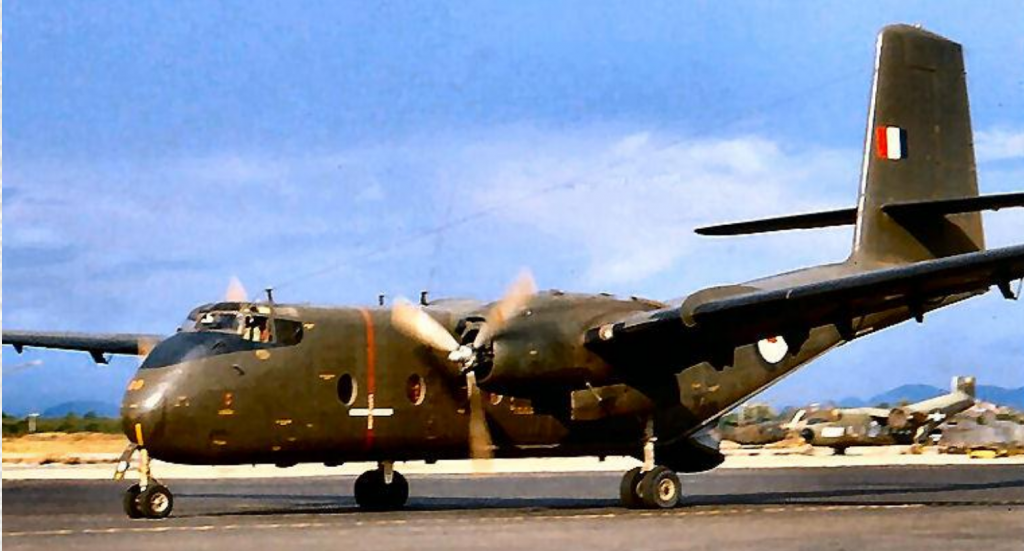
Beyond military use, many DHC-4s transitioned to civilian life, hauling cargo in remote regions across the globe. Others were acquired by air forces in developing nations including Cameroon, Ghana, and Tanzania. Australia operated a sizeable fleet, with the Royal Australian Air Force retiring its final example, A4-140, in 2009—45 years after it entered service.
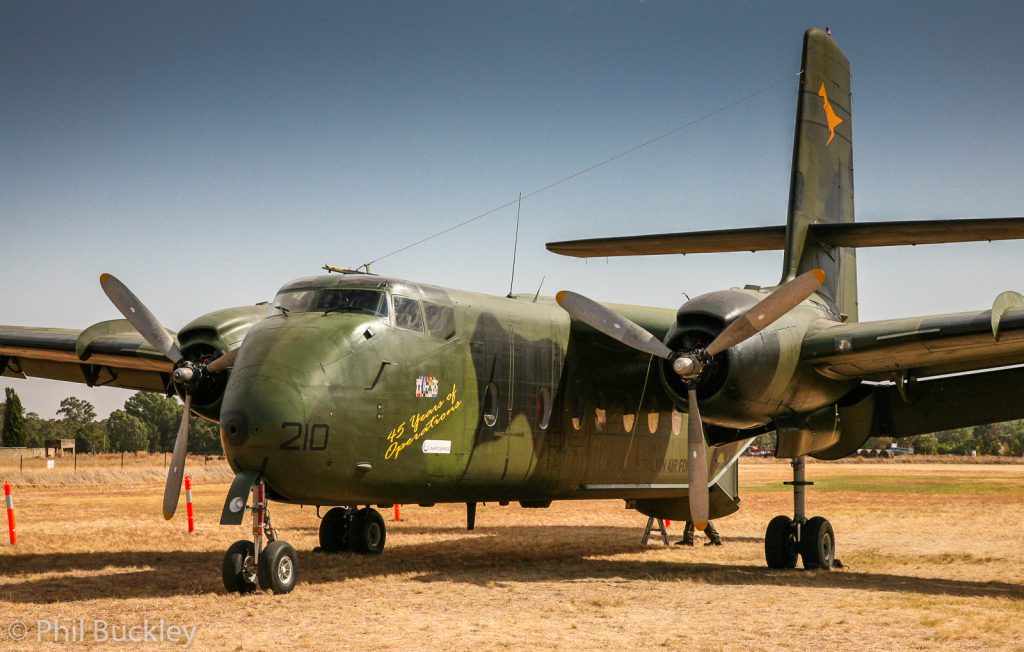
However, the Caribou’s story didn’t end there. In the late 1990s, PEN Turbo Aviation in Cape May, New Jersey, launched a modernization effort to keep the aircraft relevant into the 21st century. The original Pratt & Whitney R-2000 radials—dating back to 1942—were replaced with modern PT6A turboprop engines. These modified airframes, designated DHC-4T (T for turboprop), gained new life. The first conversion, Caribou #237, began life with the Kenyan Air Force (KAF) in 1965 and flew with its new turboprop engines in 1996. Registered as N600NC, the aircraft now serves with Rampart Aviation for paratrooper training at Pinal Airpark in Marana, Arizona.
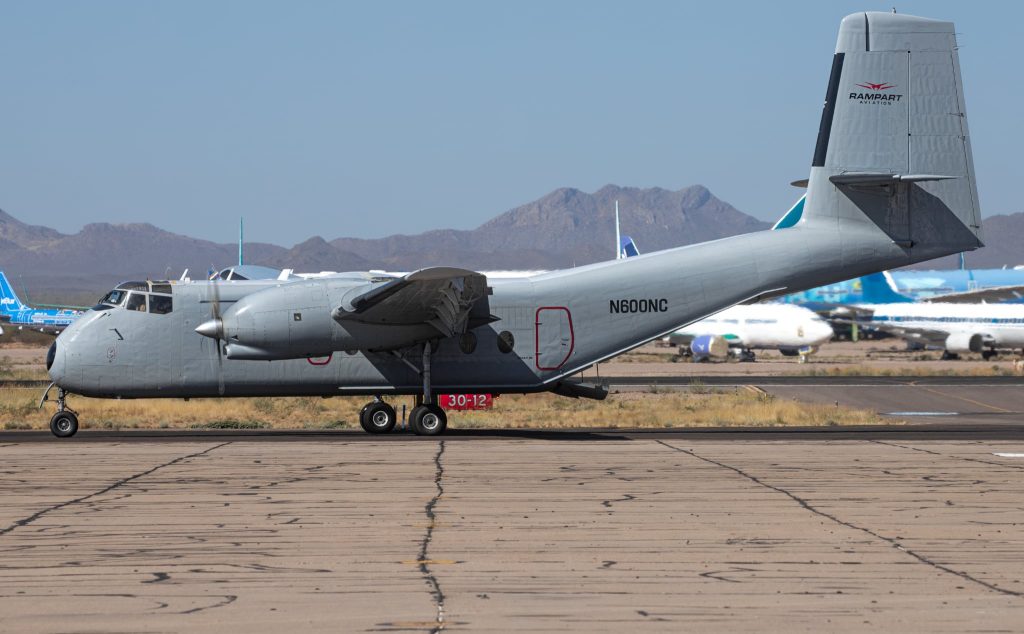
Sister ship #238 followed in May 2010. Also a KAF veteran, the aircraft was re-registered as N238PT and deployed to Bagram Air Base, Afghanistan. After stops in Newfoundland, Iceland, Sweden, and Ukraine, it supported NATO and allied forces in isolated regions from 2011 to 2017. It later flew briefly in Africa before returning to the U.S., where it now flies military personnel to San Clemente Island, operating out of NAS North Island and Pinal Airpark.
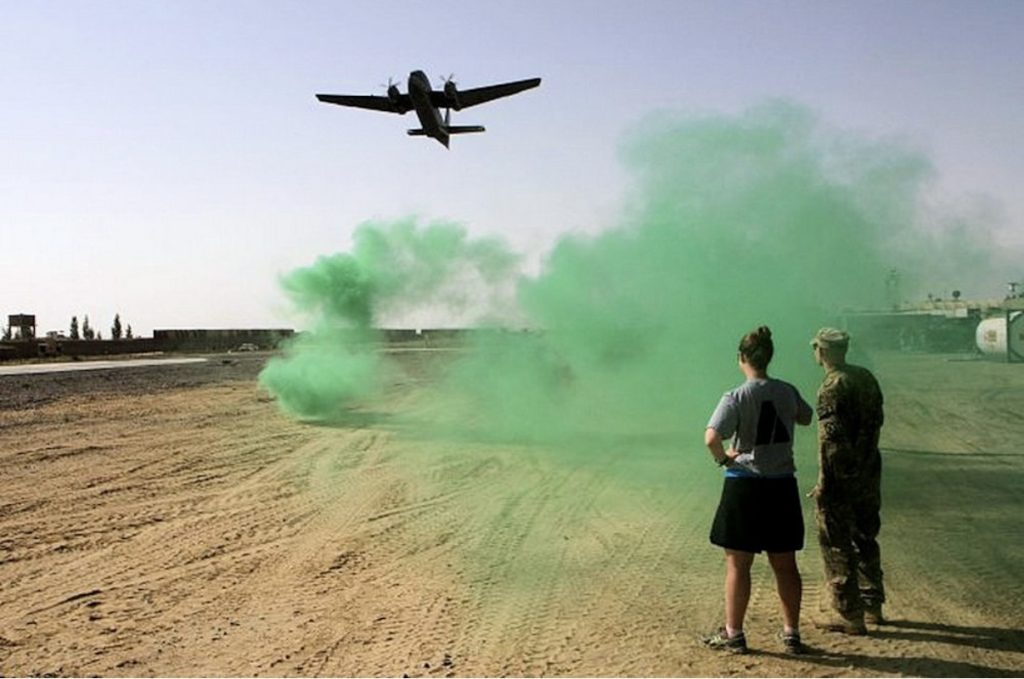
The third conversion, #303, was the fifth-to-last Caribou built and also began its career with the Kenyan Air Force in 1972. After years of dormancy in Cape May, it was re-registered as N303PT and delivered to Indonesia in 2016 to serve with the Puncar Regency Administration. Tragically, the aircraft—renamed PK-SWW—was destroyed in a crash on October 31, 2016, during an unscheduled cargo flight. Poor weather and visual navigation led the aircraft into a mountain at 12,999 feet, killing all four crew members.
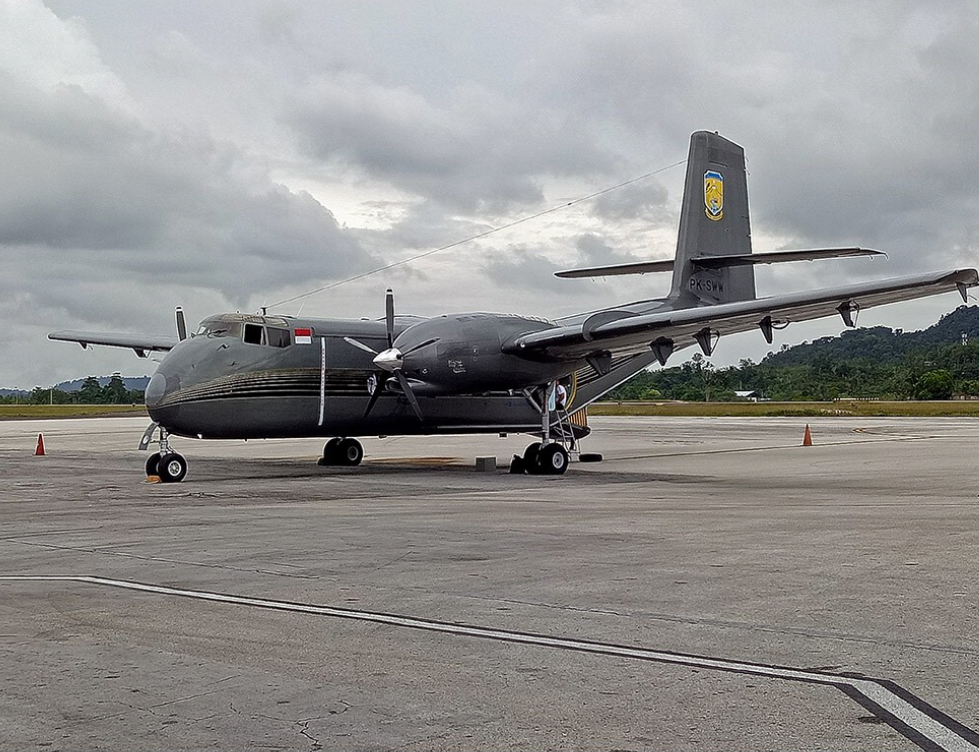
The final conversion was aircraft #302, built in 1972 for Kenya. Stored in Malta and later Cape May, it was eventually registered as N302PT in 2016 and returned to flight in 2018. It joined Rampart Aviation’s fleet in 2020, flying paratrooper training missions in Arizona alongside N600NC, using the callsign “SHADY.”
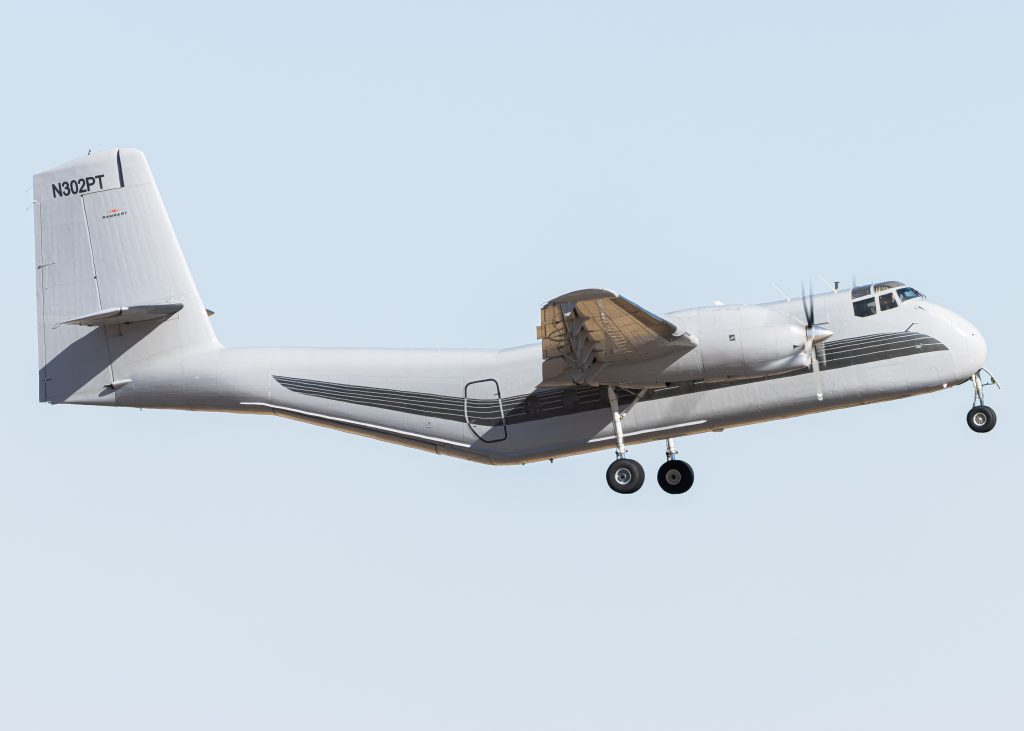
Although the first DHC-4 flew nearly 70 years ago, the legacy of this tough and versatile aircraft continues. A handful of radial-engine Caribous remain airworthy, while three DHC-4Ts soldier on in military support roles. Whether thundering off dusty airstrips or descending onto isolated islands, the Caribou endures—a tribute to one of the most capable STOL aircraft of its time.
